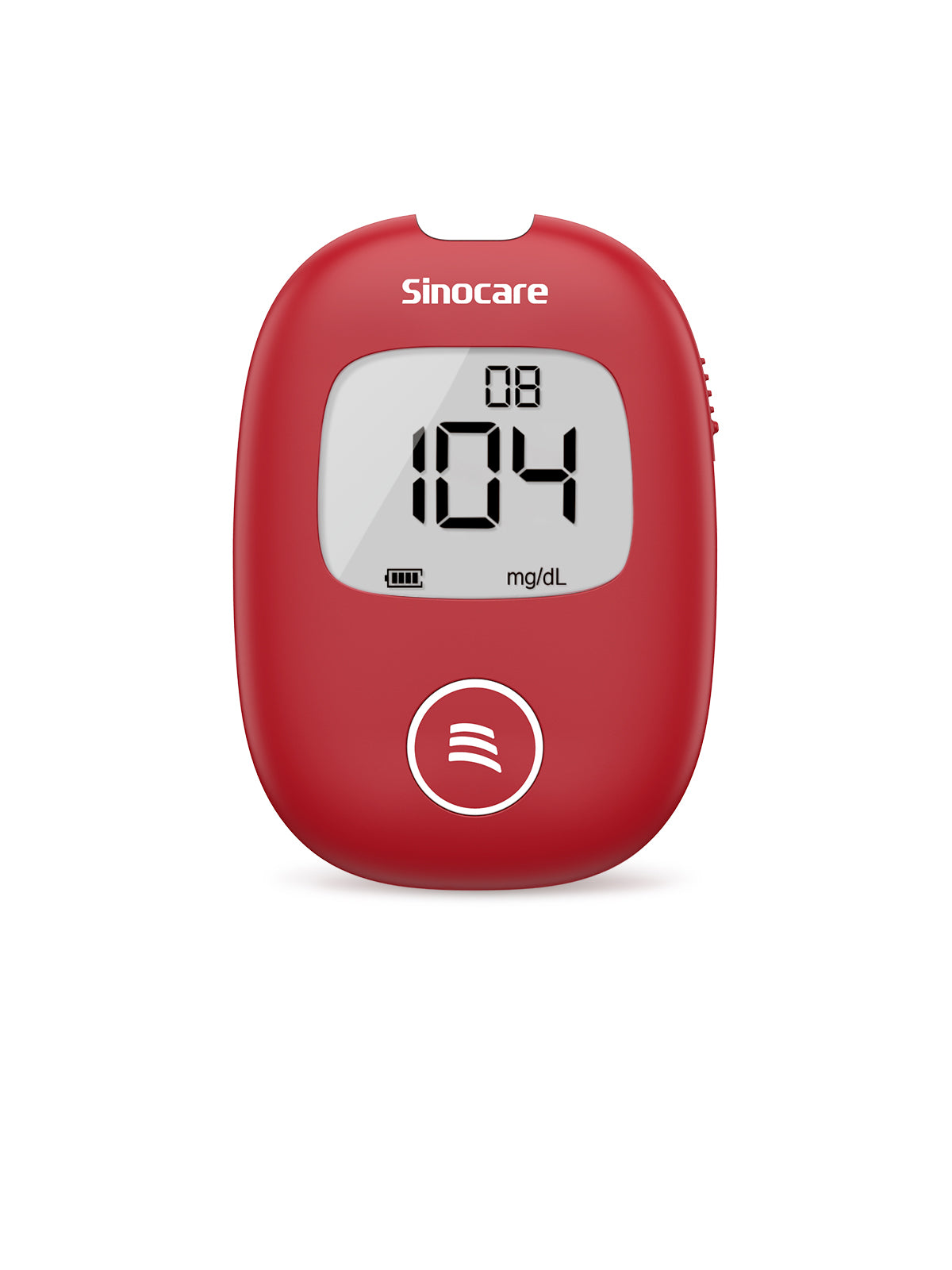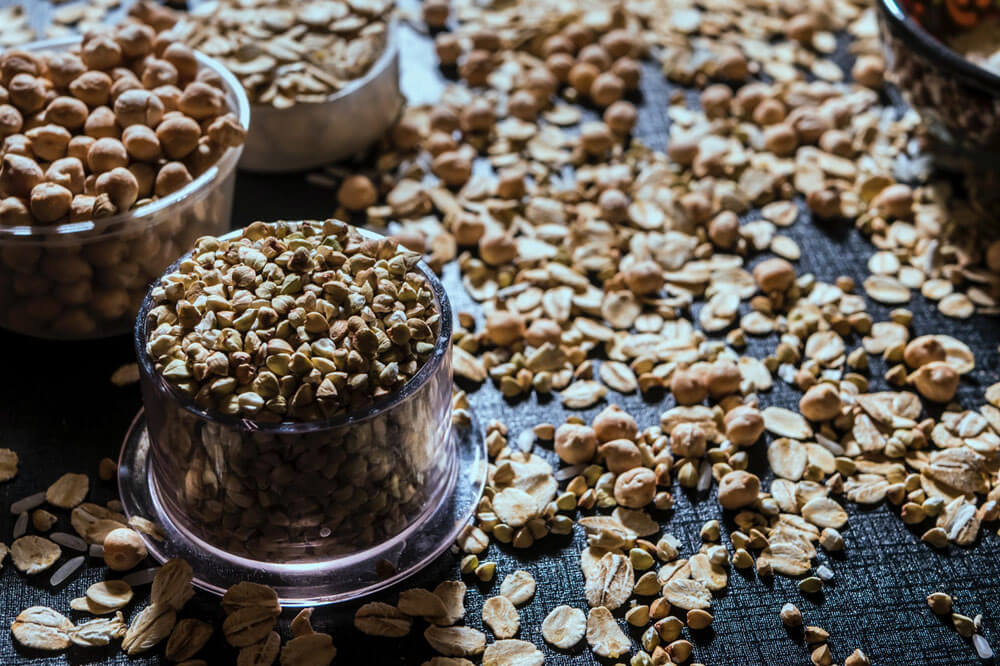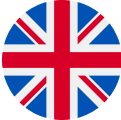If you have been diagnosed with diabetes, you would have been advised to go for low sugar and low carbohydrate diet. Perhaps, someone mentions that you should eat more proteins to help you to curb your hunger pangs? If you eat meat, you might be wondering what type of meat you should have?
Most people eat chicken as it is affordable to everyone. But what about duck meat? Both are poultry, and, in some countries, it is equally affordable to everyone. Let's take a look at how they compare with each other.
Nutrition value between chicken and duck
Let's look at the nutritional value between them
1. Chicken per 100g [1]
| Chicken parts | Breast (100 g) | Drumstick(100 g) |
| Energy | 107 kcal | 149 kcal |
| Protein | 23.2 g | 23.9 g |
| Total lipid (fat) | 0.89 g | 5.95 g |
| Carbohydrates | 0 g | 0 g |
| Cholesterol | 58 mg | 127 mg |
2. Duck per 100g [1]
| Duck parts | Breast (100 g) | Drumstick(100 g) |
| Energy | 140 kcal | 178 kcal |
| Protein | 27.6 g | 29.1 g |
| Total lipid (fat) | 2.5 g | 5.9 g |
| Carbohydrates | 0 g | 0 g |
| Cholesterol | 143 mg | 105 mg |
Looking between these two proteins, chicken has lower calories when comparing parts for parts, and overall, the nutrition value differs depending on what part you eat. Generally, chicken and duck breast give lower calories and higher protein when compared to drumsticks.
Can I Eat Duck/Chicken If I Have Diabetes?
As you can see from above, both duck and chicken do not contain carbohydrates, and hence it will not spike your blood sugar after eating. It also does not have a glycaemic index, as it does not contain any carbohydrates.
However, one should pay attention to how the meat is cooked, as we tend to cook it with sauces that may contain sugar and carbohydrates, and these can increase your blood sugar level after eating.
Dos and Don'ts of Eating Duck / Chicken for people living with diabetes?

1. Cooking methods matter
Having fried chicken increases your calories compared to grill, poached, or steamed chicken. The healthiest way to cook chicken is by baking on a non-stick sheet/ tray, steaming, pressure cooking, grilling, or air frying in replacement of deep frying (2).
2. Eating in moderation
Chicken breast is a better piece of meat when compared with chicken drumstick, although the opposite is true for duck breast. However, calories will accumulate if it is consumed excessively and can still lead to weight gain despite their lower calorie value.
3. Avoid sauces with added sugar
Chicken and duck meat do not contain any carbohydrates or sugar, but cooking it with sauces with added sugar can lead to high blood sugar. One such example is BBQ sauce. One tablespoon of BBQ sauce consists of 5g of sugar, which is equivalent to 1 teaspoon of sugar (2). This can lead to blood sugar spikes after meals.
Is Duck fat good for diabetes?
Duck fat has higher unsaturated fatty acid, oleic acid, and linoleic acid, making it one of the better animal fat when compared to other animals such as chicken, pork, and beef (3). However, there is very little evidence that duck fat should be used in replacement for plant-based fat such as olive oil.
Healthy cooking methods for chicken and duck for diabetes
Chicken and duck are rarely and almost never eaten raw, and hence the way we cook our meat matters when it comes to added calories.
1. Air frying instead of deep frying
If you are a fan of eating fried chicken, then the best substitution for that will be air frying. Air frying reduces the number of calories by 70-80% by reducing calories from oil.
2. Steam or poach
Steam or poach chicken is low in calories, but check if the sauces that accompany it contain any sugar or salt.
3. Grill
Grill chicken is popular as you only need a small amount of oil to cook your meat.
FAQ
Where can I get free recipes that are suitable for diabetes?
This is the following recommendation that provides free recipes that you can follow if you have diabetes. It gives a breakdown of the nutrients, especially carbohydrates and sugar, in these recipes, which is not commonly available in other cookbooks.
1. Diabetes UK Recipe Finder
As the name suggests, they have a variety of recipes that cater to people living with diabetes
2. BBC Good food
Look under the healthy section for healthy recipes.
3. Diabetes Foodhub
This is recommended by the American Diabetes Association and consists of healthy recipes.
What sauces would you recommend for diabetes?
As chicken and duck are usually prepared with sauces or condiments, it is vital that we take the amount of carbohydrate and sugar from sauces or condiments as they tend to cause fluctuations in blood sugar rather than the meat itself.
It is recommended that we choose sauces or condiments that are low in sugar and carbohydrates.
Examples of low sugar low carbohydrates sauces are:

1. Heinz 50% less salt & sugar ketchup
This contains 1.8g of carbohydrate and 1.7g of sugar per 15g, which is less than half of the original Heinz ketchup.
2. Soy sauces, such as Kikkoman Soy Sauce
This contains 3.2g of carbohydrate and 0.6g of sugar.
3. Passata
Passata is commonly used as a base for pasta and tends to have a lower carbohydrate and sugar (4.3g per 100g) when compared to a ready-made Bolognese sauce.
4. Hellmann's Mayonnaise
Mayonnaise is generally low in carbohydrates and sugar, and this brand contains less than 0.5g of carbohydrate and sugar.
5. Mala Spicy Sauce
If you are a fan of spicy food, then this is a great sauce to go with chicken. It consists of only 3.5g of carbohydrate and 1.6 g of sugar per 100g.
Conclusion
While chicken and duck do not cause any fluctuation in your blood sugar, the condiments and the sauces or marinades that goes along with it will. Hence it is important to pay attention to the number of carbohydrates and sugars in it. Although chicken and duck do not impact your blood sugar, consuming in large amounts, especially on fatty cuts, can lead to obesity and insulin resistance, and hence should be consumed in moderation.
References
[1]. Food data Central. Food Data Central. (n.d.). Retrieved June 27, 2022, from https://fdc.nal.usda.gov/
[2]. Fletcher, J. (2019, October 23). Chicken calories: Amounts for different cuts and cooking methods. Medical News Today. Retrieved June 27, 2022, from https://www.medicalnewstoday.com/articles/326767#health-benefits
[3]. Shin, D.-M., Kim, D. H., Yune, J. H., Kwon, H. C., Kim, H. J., Seo, H. G., & Han, S. G. (2019). Oxidative stability and quality characteristics of duck, chicken, swine, and bovine skin fats extracted by pressurized hot water extraction. Food Science of Animal Resources, 39(3), 446–458. https://doi.org/10.5851/kosfa.2019.e41










Leave a comment
All comments are moderated before being published.
This site is protected by hCaptcha and the hCaptcha Privacy Policy and Terms of Service apply.